I’m so close with my new best friend, Ted the Cavalier King Charles, that I’ll share my vasectomy story, which many of you have heard (Ted is getting clipped today – not the hair, the other part).
 Beginning in 1987, the veterinary first wife and I had four daughters, all born at home with midwives in Ontario (that’s in Canada).
Beginning in 1987, the veterinary first wife and I had four daughters, all born at home with midwives in Ontario (that’s in Canada).
When the fourth daughter was born, I was a poor PhD student and had arranged to give a talk about 40 minutes away for some cash.
So about 12 hours after daughter 4 was born, I arranged for a babysitter, and went away for a few hours.
Bad mistake.
A couple of weeks later, I said, four kids is enough for anybody, I’m getting clipped.
Made the appointment, had it done, and when I came home, the ex said, you left me after birth, so I’m leaving now.
She took the newborn and went to visit her sister for a couple of days.
The other three girls were left with me.
I gave them some money and sent them to the corner store to buy freezie pops.
Ted will hopefully fare better.
Being married to a veterinarian for 16 years had its ups and downs.
But nothing compared to the idiotic statements by Massey University’s chancellor (that’s in New Zealand).
Wellington businessman Chris Kelly, who became Massey chancellor in 2013 has come under fire for making comments about female vet graduates being worth just “two-fifths” of a fulltime equivalent vet.
He has since apologised.
Kelly told Rural News that 75 to 85 per cent of vet students were women and in the first year when there was a high ‘cull’, it was the female students who continued because the work was largely academic.
“That’s because women mature earlier than men, work hard and pass,” he told Rural News. “Whereas men find out about booze and all sorts of crazy things during their first year.”
Kelly then went on to imply that a high fallout rate in the vet profession was the result of the life choices made by female graduates.
“When I went through vet school, many years ago, it was dominated by men; today it’s dominated by women. That’s fine, but the problem is one woman graduate is equivalent to two-fifths of a fulltime equivalent vet throughout her life because she gets married and has a family, which is normal. So, though we’re graduating a lot of vets, we’re getting a high fallout rate later on.”



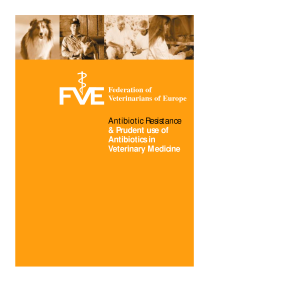
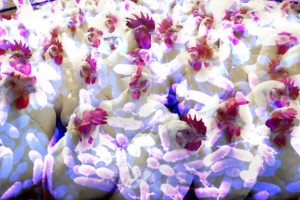


 food supply. All you had to do, according to Karen Selick, was grow up on a farm, hunt, join the Armed Forces and get a degree in biomedical toxicology.
food supply. All you had to do, according to Karen Selick, was grow up on a farm, hunt, join the Armed Forces and get a degree in biomedical toxicology. 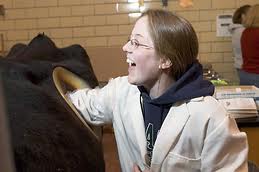 radiologist, perhaps?), we all get treated to a fair bit of repulsive fare whether we like it or not.
radiologist, perhaps?), we all get treated to a fair bit of repulsive fare whether we like it or not.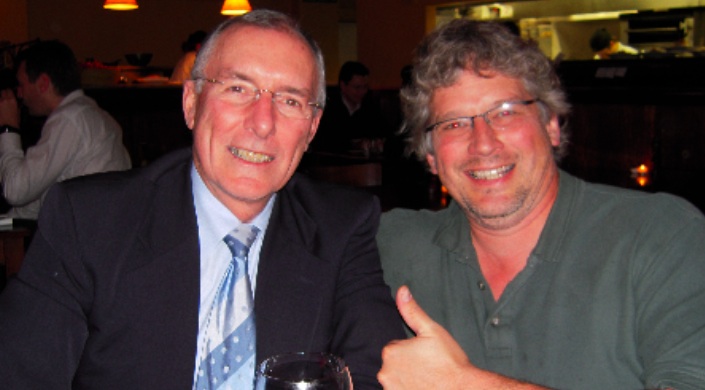 And has more tolerance for meetings.
And has more tolerance for meetings. He presented the results to the British authorities and they agreed to change the rules.
He presented the results to the British authorities and they agreed to change the rules.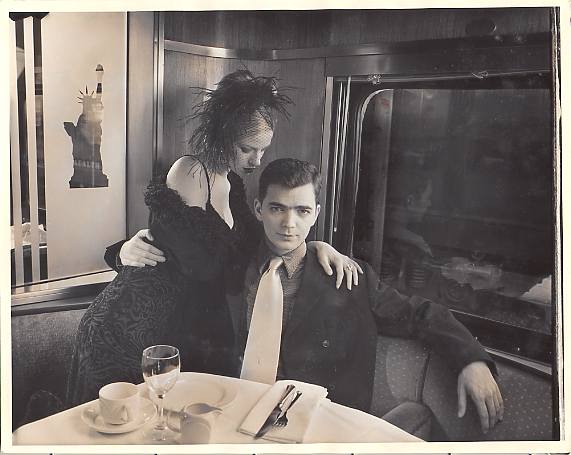 also served as the CFIA’s executive vice-president in Ottawa since 2007, was named to the additional post Tuesday by Prime Minister Stephen Harper.
also served as the CFIA’s executive vice-president in Ottawa since 2007, was named to the additional post Tuesday by Prime Minister Stephen Harper.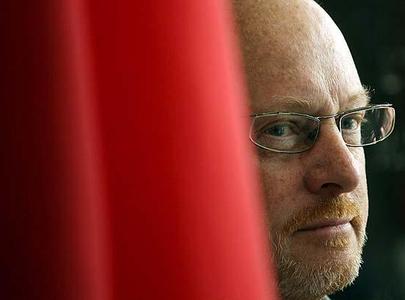 “There’s been a lot of hard questions asked … in terms of how we can get information to the public in as timely a way as possible. I accept the criticism that there is a need for us to reflect and to do a much better job of informing (Canadians)."?
“There’s been a lot of hard questions asked … in terms of how we can get information to the public in as timely a way as possible. I accept the criticism that there is a need for us to reflect and to do a much better job of informing (Canadians)."? She then introduced herself as a veterinary student at Kansas State University who’d seen me lecture a few weeks ago. And then she asked me if I’d seen the story about the fake U.S. Department of Agriculture veterinarian.
She then introduced herself as a veterinary student at Kansas State University who’d seen me lecture a few weeks ago. And then she asked me if I’d seen the story about the fake U.S. Department of Agriculture veterinarian.